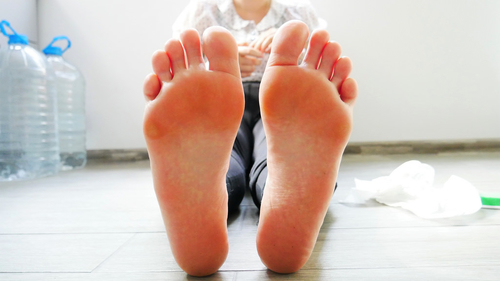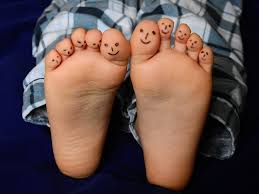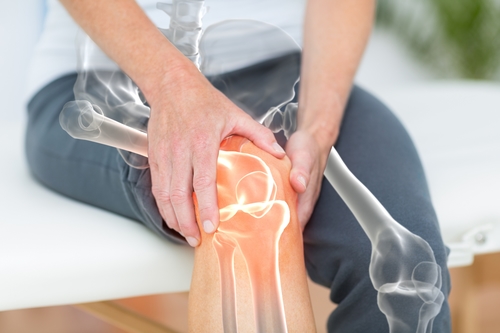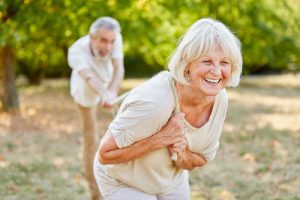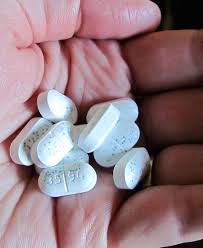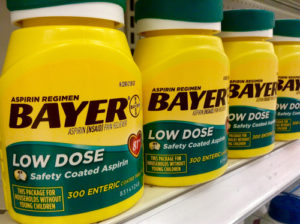We all want to live longer and healthier, it’s hard to not want to extend your life as possible. Especially, when we have a good life surrounded by people we love. There are a few things that can help you live longer and keep you healthier.

7 Things to Keep You Healthier
These 7 traits can be tied to a longer, happier, life.
1. Living in a Well Off Neighborhood
It’s a sad fact that the poor tend to have shorter lifespans. They don’t have the same kind of access to shelter, medical care, and food.
A study from the Journal of the American Medical Association showed that income can be tied to life expectancy. The study also showed that people who are poor, but live in expensive, well educated cities will live longer.
Up to 3 or 4 years longer in fact.
No one knows why this happens, and why some cities are better than others. It’s thought that maybe some cities promote healthier lifestyles than others.
2. Flossing Your Teeth
Flossing may be annoying, but it’s actually really important to your health. It can keep your arteries young.
Studies at Emory University found that the bacteria that causes periodontal disease can cause inflammation. This type of inflammation will cause your arteries to swell.
This constricts blood flow and leads to heart disease and stroke.
Another study shows that periodontal disease leads to a higher blood cell count. This can make your body think it’s under attack, which will make fighting actual diseases harder.
Daily flossing is supposed to add an average of 6.3 years to your lifespan.
3. Don’t Isolate Yourself
It’s been mentioned time and time again that loneliness can kill you.
Researchers at Brigham Young University and the University of North Carolina at Chapel Hill looked into this. They gathered info from 148 studies on health outcomes and social relations.
They found that people with little social interaction had a 50% higher chance of death in the study’s follow up period.
Being actively social can keep you more active, go to see a doctor more often, and lower your stress.
4. Having a Fall Birthday
This is kind of random. A study from the University of Chicago showed that people born in September, October, and November are more likely to live to be 100 than other people.
The reason being that seasonal vitamin deficiency during important parts of infant development can affect people later in life.
They are less likely to experience early exposure to infectious diseases. These are more common in the rest of the seasons.
5. Practicing a Religion
Studies have shown that religious people tend to live longer. This could be due to the social involvement and service to others which may help people live longer.
Religious people, especially women, live longer. People who pray together stay together and can keep each other healthy.
6. Living in Green Places
As mentioned before, living greener can keep you alive longer.
A study showed that women living in greener spaces were 13% less likely to die from cancer and 34% less vulnerable to respiratory illness.
Green spaces are connected to less air pollution, more physical and social activity, and better mental health.
7. Clean Your House
According to the British Journal of Sports Medicine, a generally active life will keep you healthier. This doesn’t even include exercising regularly.
It’s been connected to better cardiovascular health and longevity in adults over 60.
People who had daily activities to keep them moving reduced their risk of a heart attack or stroke by 37%. This also decreased the chance of dying from any cause by 30%.
Read more here.




